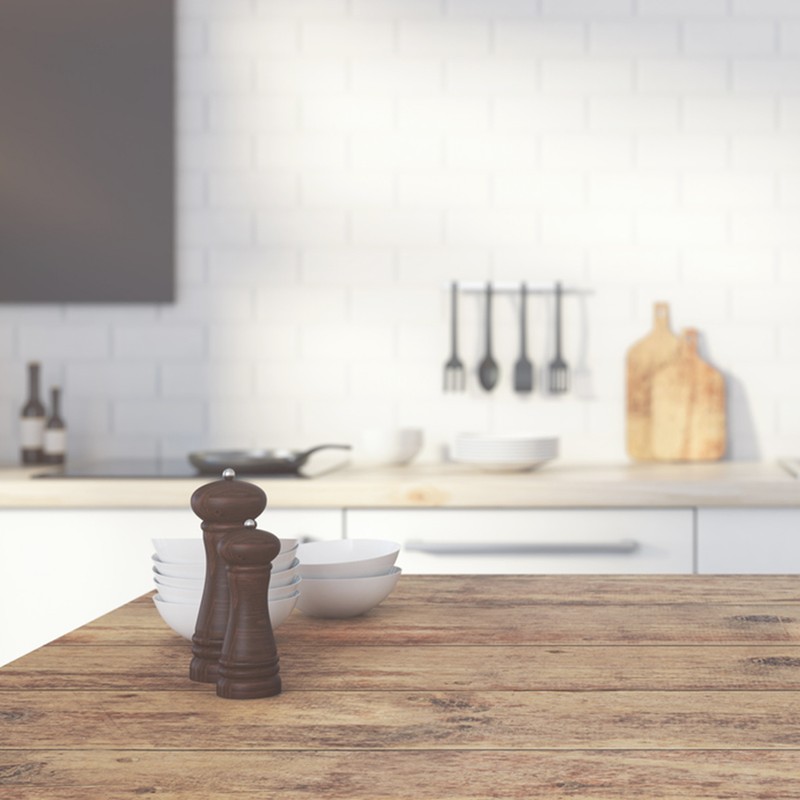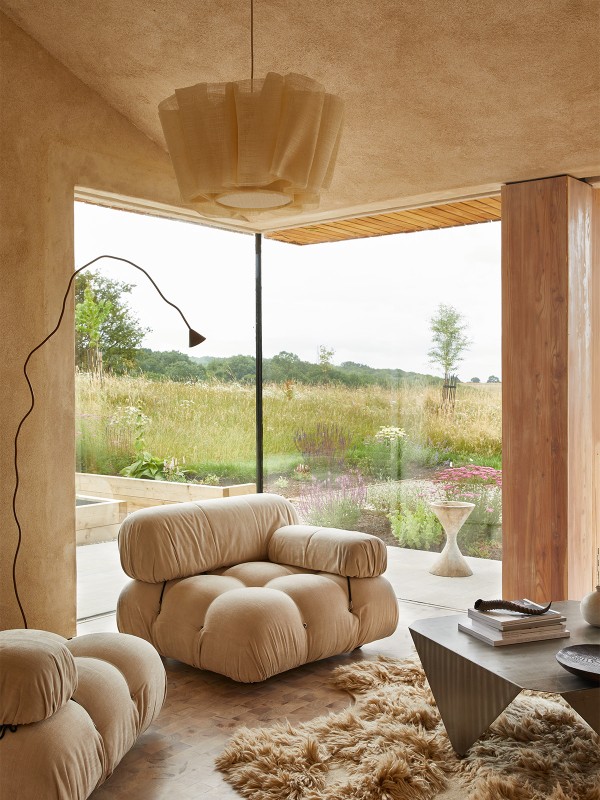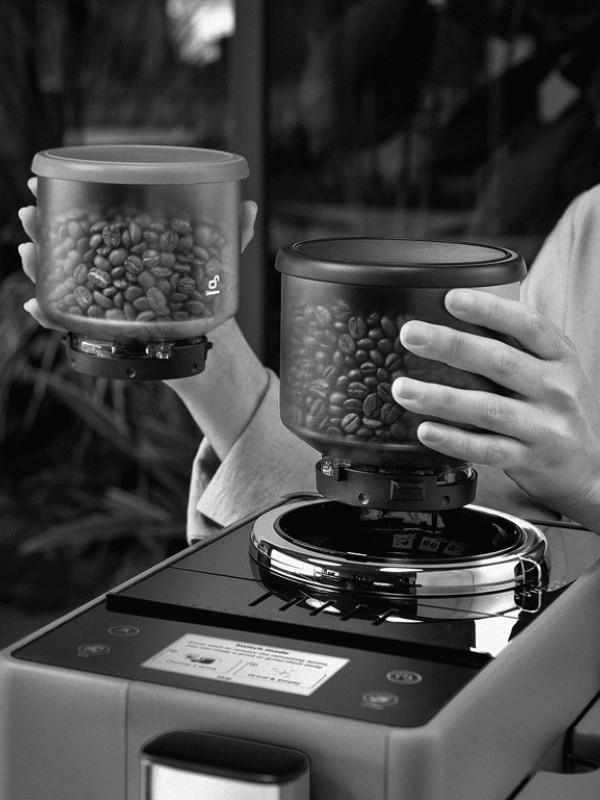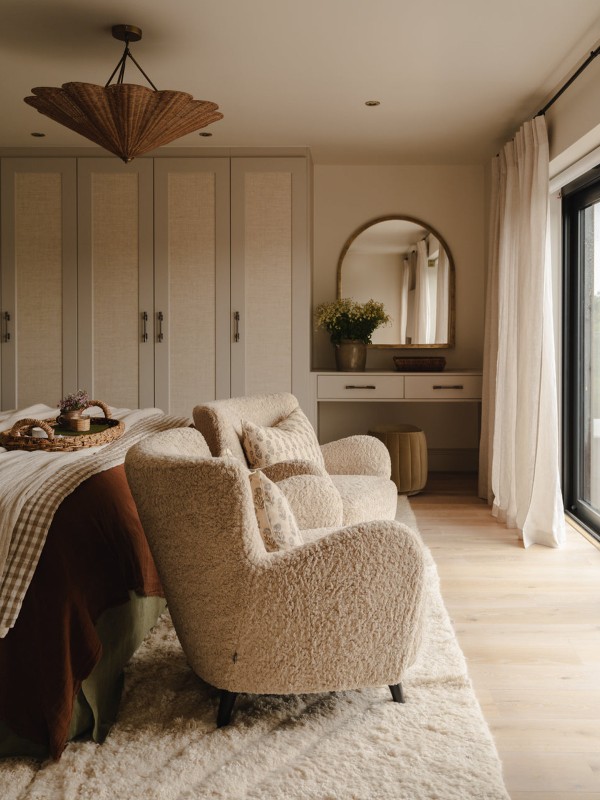How To Declutter Your House, Room By Room
Bedroom
Your bedroom should be a place of zen and calm without clothes strewn everywhere. Reorganising your wardrobes is the perfect place to start your spring clean and by beginning here you can transition into summer knowing what’s left in your wardrobe is everything you love to wear. But it’s not just clothes that get in the way of your bedroom’s Feng Shui – it’s technology such as laptops and phones. Here’s how to tackle the unnecessary clutter so your bedroom becomes a place of rest and relaxation.
Top Tips:
- Work through one category of clothes at a time – socks, underwear, T-shirts, shirts, skirts, shorts, dresses, suits etc. Decide which items you love and use – let go of the rest. Be ruthless. If you find it difficult to decide, pick your five favourites in each category, then use this as your benchmark against which the rest of the clothes in that category have to match up to.
- Start with a category which you have the least emotional attachment to so you can warm up your ‘decluttering muscles’ – by the time you reach the harder items, you’ll find it easier to make decisions.
- If you are short of space and have items you use less regularly (like skiwear or bulky winter coats), then use vacuum pack storage bags: label them by what’s inside and store them in less accessible places, like under the bed or at the top of the wardrobe. This clears space in your wardrobe for more regularly-used items and keeps lesser-used items protected from moths and damp.
- Decluttering your bedroom includes keeping laptops, iPads and phones turned off in another room at night so you can wind down properly. Remove chargers from your bedroom to resist the temptation to keep your electronics in there. By doing this, you signal to your body that once you lie down, it’s time for rest and nothing else.
- Create a drawer dedicated specifically to travel – one that contains, for example, travel adaptors, passports and travel-size toiletries – so you have these to hand when packing and don’t have to have that annual panic. This drawer might not be in your bedroom – it might be near to where you store your suitcases, but it’ll come in really handy, particularly if you are packing in a rush for the Easter holidays.
Living Area
After your kitchen, the living area is the place where you spend most of your time. Comfort and calm are key, and while the coffee table seems like a tempting place to drop your Sunday papers and post, as the main area to host your friends, it’s got to stay tidy. Therefore, it’s one of the places that needs the most decluttering.
Top Tips:
- Having decorative ornaments on shelves and surfaces can look lovely, but significantly increase the amount of time you’ll spend dusting. Consider whether you enjoy these being on display or whether you could let go of some you no longer love, simplifying your cleaning routine in the process.
- Take the opportunity to declutter your book collection whilst spring cleaning. With books you’ve enjoyed, consider passing on to a friend or family member that loves to read, so you know your favourite stories have gone to a good home. Of the books you want to keep, set aside a space on a shelf for books that you haven’t yet read but would like to. This makes choosing a new book to read more enjoyable, and if after six months you realise there are books you keep avoiding on that shelf, you may want to let them go.
- Let’s be honest, everyone has a ‘junk drawer’ where items that don’t have an official home get shoved. Instead, try making it a ‘useful drawer’ by getting everything out and throwing away things that are no longer useful. For the remaining items, like batteries, elastic bands, and matches, make an effort to keep like with like and use small boxes to order the contents.
- Ask yourself what purpose each piece of furniture serves and whether any are surplus to requirements. If the piece is useful but you no longer love the way it looks, consider repainting or reupholstering it to give it a new look you do love.
- Do you have electrical wires and chargers scattered all over the place? Bring them together in one place so you can match them up to your appliances and recycle any that are not needed. For the ones you keep, label each one so you know your iPhone cable from your Samsung cable. Coil the cables neatly so as not to damage the insides. Pop a binder clip round it to keep your cables from entangling with each other.
Kitchen
Kitchens are a clutter magnet. Food items tend to gather on kitchen surfaces, making those surfaces harder to clean and prepare food on. By decluttering your cupboards (and the dreaded spice rack) you can create room to store items that normally take up space on your kitchen surfaces, especially those items you want to keep but use less regularly than others.
Top Tips:
- Be honest whether you need those larger appliances that clog up surface space and are hard to clean. When was the last time you used your spiralizer or pressure cooker? If you want to keep these appliances but they are rarely used, make space in your cupboards – or on top of them – to put them away.
- Clear your cupboards of expired food and condiments. If you have food that hasn’t expired but you know you’ll never eat, donate it to a food bank (most major supermarkets have a collection box close to their tills) or give it to local neighbours via the Olio app – it’s far better this food goes to someone in need than the bin.
- Prevent yourself from overbuying at the supermarket by making a master grocery list on your phone with all the items you like to have in. When you’re about to go food shopping, check your fridge and cupboards against this list and only mark the items you actually need to buy.
- Tupperware seems to multiply overnight. Match pots with lids and work out how many you need each week for batch cooking/food prep, then let go of the surplus.
Bathroom
Toiletries and make-up can multiply so quickly in your bathroom that it ends up looking like an aisle in Boots. Bathrooms can be a breeding ground for germs, so tidying up this area makes it much easier to clean, and can transform it into a relaxing space to indulge in a bit of self-care – bubble bath anyone?
Top Tips:
- Challenge yourself to streamline your beauty regime – toiletries and make-up tend to take up a lot of space on surfaces, but how many of them do you actually use? Bin the ones that haven’t been used in a couple of months.
- Go through all your cosmetics and toiletries and dispose of any past their use-by date. Typically, make-up expires six to 12 months after you’ve bought it, so keep that in mind when decluttering your cosmetics – most have a little symbol on the back which shows how long after opening you should keep the product.
- The way we buy products tends to be us trying to find the perfect solution for our body or skin type, but there is no need to keep items that don’t work out of guilt for the money we spent on them. New, opened or partially-used beauty products (in good condition) can be donated to The Hygiene Bank, which gives your products to those living in poverty via charity and Government partners, with local collection points all around the UK. Donating to a great cause can make it much easier to let go of the items cluttering up our space.
Home Office
There are now more people than ever working from home regularly. If this is available to you, it’s vital that your home office is clutter-free and organised so you can be as productive as possible. Even in this digital age, paperwork is still a nuisance, so it’s important to create a system that works for you.
Top Tips:
- First, reduce the amount of paper you own. Gather all of your paperwork together from around your home and ask yourself why you need to keep each piece, particularly if copies are available online. You’ll be amazed how much you can let go of – remember to shred any papers containing personal information to avoid identity theft.
- Does paperwork disappear into piles, making it hard to find again without a two-hour search mission? Decide on your filing system: A4 lever arch files with labelled dividers work really well to have everything to hand but if you hate hole-punching, filing cabinets with manila folders are another option. Digitizing your documents (by scanning or photographing and then uploading) is an ideal solution to save physical space – but do make sure it’s all backed up.
- Think about where your paperwork system breaks down. Is it opening your post in the first place? Consider buying a letter rack and placing it near your front door with a waste paper bin nearby, so you can open post and discard any junk mail straight away.
- Do you struggle to action paperwork? Buy a couple of filing trays and label one ‘ACTION’ and the other ‘FILING’ for each person in your home who needs it. Opened post should be filed in one of these trays. Set aside and diarise a dedicated time each week to work through your trays.
Playroom
Anyone who has children knows how easy it is for a previously clean and tidy playroom to turn into utter carnage within a matter of seconds. But this is room that could really benefit from decluttering – less toys means your children are more likely to play with a certain few, and it’ll make it far easier to tidy at the end of the day.
Top Tips:
- Involve your children in the decluttering process when they’re younger by playing the ‘sorting game’, which involves asking them to gather similar items together, such as soft toys. Instilling these habits in them from a young age means once your children no longer need a playroom, the habits you've helped them establish will carry over to their bedrooms and ultimately to their own homes when they’re older. Remember they will get tired and feel overwhelmed by decision making quickly so ultimately you may need to make a lot of the decisions.
- Keep an eye out for toys your children have outgrown or no longer use, as well as duplicates. Donate toys that are no longer played with, but still in good condition and still with all their parts. You can ask charities such as the British Heart Foundation to come and collect them from your home, and a number of great charities take donations of children’s items, such as Little Village HQ , which ensure these go to families who need them most.
- Playrooms are a good place to display your children’s artwork. Take time at the end of each school year to review which creations you want to keep – make sure they are special enough to store. A3 project folders for each child are a good way of storing artwork, and as they are slimline, they can easily fit on top of a cupboard or down the side of a sofa or wardrobe. If it’s too hard for you or your children to let go of artwork, take photos to make this process easier.
- Try rotating toys by putting some away in storage – in the attic in plastic boxes or vacuum packed bags – these can be brought out on those rainy days where new amusements are desperately needed. Operate a ‘one-in-one-out’ system so for every toy brought out of storage, another one goes back in.
- Store things in child-friendly pieces of furniture so children can put things away themselves, you may want to label or put pictures of toys on storage boxes and bins to cater to younger children.
- Parents often find it harder than children to let go of toys in the playroom as they hold special and particular memories. If you have the space, there is no reason you can’t have a box of toys which hold the most precious memories, but try to limit yourself to one box per child. Your children won’t thank you if they have to go through rooms full of boxes of old toys when they are older.
Visit Simplify Stuff for further tips on decluttering.
DISCLAIMER: We endeavour to always credit the correct original source of every image we use. If you think a credit may be incorrect, please contact us at info@sheerluxe.com.






